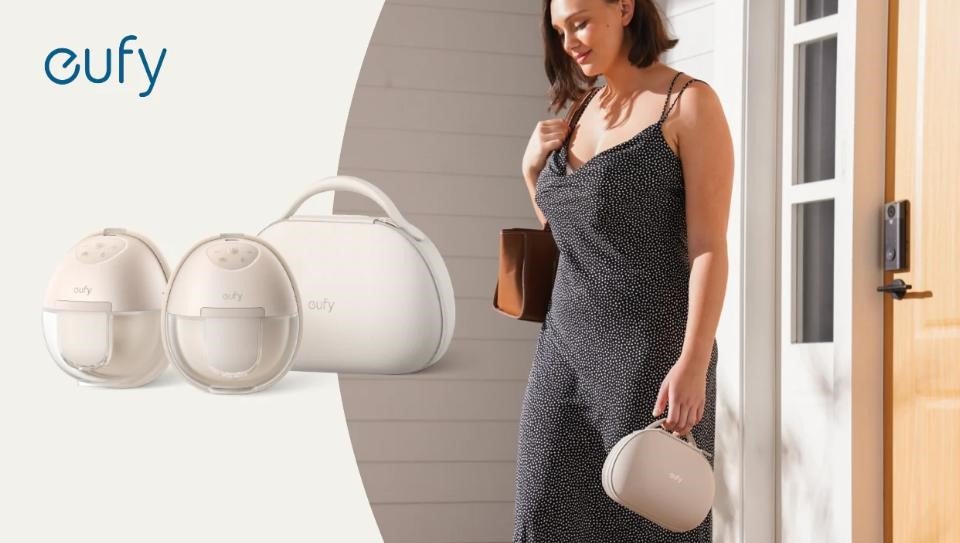
Step-by-Step Guide to Securing a Breast Pump Through Insurance
Securing a breast pump through insurance can seem daunting, but with the right guidance, it’s a straightforward process. This comprehensive guide walks you through each step to ensure you receive a breast pump for free through your insurance provider. From understanding eligibility criteria to gathering the necessary documents, we cover everything you need to know. For new mothers, a breast pump is essential for maintaining a smooth breastfeeding journey, and insurance often helps make this device more accessible. To make the best decision, check out the best breast pump 2024 options that combine efficiency and comfort, and explore which ones are covered by your insurance plan.
Am I Eligible for a Breast Pump Through Insurance?
Who Qualifies for Insurance-Covered Breast Pumps?
Most insurance plans cover breast pumps under the Affordable Care Act, but the specifics can vary. Typically, new mothers or those in the later stages of pregnancy are eligible for a free breast pump. Insurance often covers this important device as part of its maternity care benefits. Some common qualifications for eligibility include:
- New mothers: Recently delivered mothers qualify to get a breast pump covered by insurance.
- Pregnant women: Women nearing the final stages of pregnancy may also be eligible to receive a breast pump before the baby’s arrival.
- Medical conditions: Some women may need a breast pump for specific medical reasons, such as inverted nipples or premature babies, as recommended by their doctor.
It’s crucial to check your insurance plan to confirm what is covered, as policies vary between providers.
Verifying Eligibility with Your Insurance Provider
Before proceeding, contact your insurance provider to verify your eligibility. Follow these steps to confirm what your plan covers:
- Call your provider: Use the customer service number on your insurance card to inquire about coverage.
- Ask detailed questions: Ask whether a breast pump is covered, what types of pumps are included, and if any specific brands are restricted.
- Check documentation requirements: Take note of the documents your provider will need, such as a doctor’s prescription or proof of birth.
By verifying your eligibility early, you’ll avoid delays and make the process smoother when it’s time to secure your breast pump.
What Do I Need to Get My Breast Pump?
Essential Documents for Insurance Approval
Getting approval for a breast pump through insurance typically requires specific documentation. Here’s what you’ll need:
- Proof of insurance: Have a copy of your insurance card ready.
- Doctor’s prescription: Many insurance providers require a prescription that outlines the medical necessity of a breast pump.
- Personal identification: A valid ID, such as a driver’s license or passport, may also be required.
- Proof of pregnancy or birth: In some cases, insurance companies might ask for hospital records or proof of your pregnancy.
Having these documents prepared before applying will streamline the approval process.
How to Get a Prescription for a Breast Pump
Obtaining a prescription for a breast pump is simple, but necessary for many insurance providers:
- Schedule an appointment: Visit your obstetrician, primary care provider, or pediatrician if you’ve already delivered.
- Discuss your needs: Talk to your healthcare provider about your intention to use a breast pump, highlighting any relevant medical conditions.
- Receive your prescription: Make sure the prescription is on your doctor’s official letterhead and states that a breast pump is medically necessary.
Once you have the prescription, you’re ready to submit your paperwork to the insurance company or supplier.
How to Choose the Right Breast Pump for You
Understanding Different Types of Breast Pumps
There are several types of breast pumps available, each designed for different needs. Your insurance may cover a range of options, including:
- Manual pumps: Best for occasional pumping, powered by hand.
- Electric pumps: Ideal for regular use, powered by electricity or batteries, and typically more efficient.
- Hospital-grade pumps: Offer stronger suction and are often recommended for mothers with medical needs or those who exclusively pump.
Choose the type of breast pump that best suits your lifestyle, work situation, and pumping needs.
Which Breast Pumps Are Covered by Insurance?
Insurance generally covers basic models of electric breast pumps, but specific brands and features may vary. Common brands covered by insurance include Medela, Spectra, Lansinoh. Some plans may offer upgrades to pumps with advanced features, like hands-free or wearable designs, though these may come with a partial cost. Always confirm with your insurance provider which models are covered to avoid unexpected expenses.
How to Order a Breast Pump Through Insurance
Steps for Ordering Through Insurance Providers
Once you’ve chosen your pump, follow these steps to order it through your insurance:
- Confirm coverage: Double-check with your insurer to ensure your preferred brand and model are covered.
- Have your documents ready: Gather your insurance card, prescription, and identification.
- Contact a supplier: Many insurance companies work with preferred suppliers. Provide them with the necessary information to process your order.
After submitting your paperwork, your breast pump should be shipped to your address within a few days or weeks, depending on your insurer’s timeline.
Online Platforms vs. Medical Suppliers for Ordering
You have two primary options for ordering a breast pump: online platforms or traditional medical suppliers:
- Online platforms: These often provide faster service and offer a wide selection of pumps to choose from. Many websites, like Aeroflow or Babylist Health, allow you to check your insurance eligibility and place an order in a few simple steps.
- Medical suppliers: Some insurance companies prefer working with specific medical suppliers. These suppliers often provide personalized service and can handle all communication directly with your insurance provider.
Both options have their benefits, so choose the one that best fits your situation.

Conclusion
Securing a breast pump through insurance doesn’t have to be a complicated process. By verifying your eligibility, gathering the necessary documents, and choosing the right pump, you can get a high-quality breast pump for free through your insurance provider. This device will support your breastfeeding journey by offering flexibility, comfort, and convenience. Whether you opt for a manual, electric, or hospital-grade model, ensuring the right choice for your needs will make all the difference. Start early, stay informed, and enjoy peace of mind knowing you have the best tools to support your baby’s nutrition and your breastfeeding goals.




